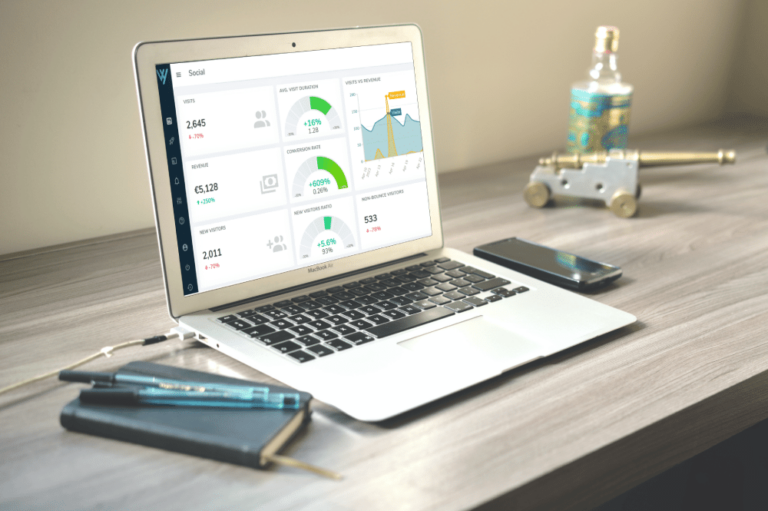Imagine you’re at the helm of a marketing campaign, armed with a plethora of data yet grappling with the challenge of decoding the mosaic of customer behavior. In a landscape where every click, view, and interaction counts, how do you ensure that your marketing efforts are not just a shot in the dark? As a director-level marketing expert, have you ever wondered if there’s a more strategic way to dissect and leverage this data? Enter the realm of demographic segmentation – a method that not only answers these questions but also transforms the way you connect with your customer base.
Demographic segmentation isn’t just about grouping your audience based on age or gender. It’s a refined art of understanding your target market at a granular level. How does demographic segmentation redefine the customer experience? Can it fine-tune your marketing strategies to resonate more deeply with each type of segmentation? These are crucial questions that this article aims to explore, especially through the lens of Wizaly’s advanced analytics platform.
Introduction to Customer Segmentation Strategy
In the world of marketing, segmentation is the cornerstone of any successful strategy. But why is demographic segmentation, in particular, such a powerful tool, as opposed to geographic segmentation? By breaking down your customer base into specific demographic groups, you are better equipped to understand their needs, preferences, and purchasing behaviors. This segmentation involves dividing your audience into segments based on variables like age, gender, income level, education, and more. But how does this translate into more effective marketing efforts? The key lies in the precision it offers – tailoring your marketing mix to meet the specific needs of each demographic segment ensures that your message hits the mark every time.
Demographic Segmentation in Marketing
Analytics play a pivotal role in demographic segmentation. By collecting and analyzing demographic data, businesses can gain deeper insights into customer behavior and preferences. This process involves not just gathering data, but interpreting it in a way that informs segmentation strategies. For instance, age segmentation can reveal significant differences in product or service preferences or media consumption habits, which in turn can shape the way you approach your target audience. Wizaly’s platform excels in this arena, offering detailed analytics that help businesses segment customers more effectively, thus enhancing the overall customer experience.
Understanding Your Customer Segmentation
Diving deeper into demographics involves more than just surface-level data. It’s about understanding the nuances that define each customer segment. For example, while two segments might share a similar age range, their income levels or educational backgrounds might differ, leading to distinct preferences and behaviors. This understanding is crucial for developing targeted marketing strategies that resonate with each segment. Moreover, behavioral and psychographic segmentation, when combined with demographic data, provides a comprehensive view of your customer base, allowing for more personalized and impactful marketing campaigns.
Segmentation vs Market Segmentation: Clarifying Concepts
Understanding the distinction between segmentation and market segmentation is essential for any marketing professional. Segmentation, in its broader sense, involves dividing a customer base into groups based on various characteristics, including demographic, psychographic, and behavioral factors. Market segmentation, however, is more specific and refers to dividing a target market into subgroups with similar needs or characteristics. This distinction is crucial when planning marketing strategies, as it influences how you approach your target audience. For instance, demographic segmentation allows for a more focused strategy, targeting specific customer groups based on demographic data such as age, gender, or income level. This precision ensures that marketing efforts are not just effective but also cost-efficient.
Leveraging Demographic Segment Data for Enhanced Marketing Strategies
Leveraging demographic data effectively can significantly enhance marketing strategies. By understanding the specific needs and preferences of different demographic segments, businesses can tailor their products and services more effectively. This could mean adjusting the marketing mix to suit the preferences of a younger demographic or altering the messaging to resonate more with a specific income group. The key here is to use demographic segmentation not just as a tool for categorization, but as a strategic asset that informs every aspect of your marketing campaign. With tools like Wizaly, demographic data becomes a powerful compass guiding your marketing strategies, ensuring that they are not only data-driven but also highly targeted and relevant.
Getting Started with Demographic Segmentation: Practical Tips
For marketing professionals eager to implement demographic segmentation, here are some practical tips to get started. First, gather as much demographic data as possible, utilizing customer surveys, market research, and analytics tools like Wizaly. Next, analyze this data to identify distinct demographic segments within your customer base. Once these segments are defined, tailor your marketing strategies to address the specific needs and preferences of each segment. Remember, the goal of demographic segmentation is not just to categorize customers but to understand them better, enabling more personalized and effective marketing efforts.
Demographic segmentation is more than just a marketing tactic; it’s a strategic approach that can redefine how businesses connect with their customers. By understanding and leveraging the nuances of different demographic segments, companies can create more personalized, effective marketing campaigns. Wizaly’s platform offers the tools and analytics necessary to make this process seamless and impactful. As we’ve explored, the benefits of demographic segmentation are manifold – from enhanced customer experience to increased ROI. If you’re looking to elevate your marketing strategies and gain a deeper understanding of your customer base, Wizaly is your go-to partner. Reach out today to see how demographic segmentation can transform your marketing efforts and drive your business forward.



